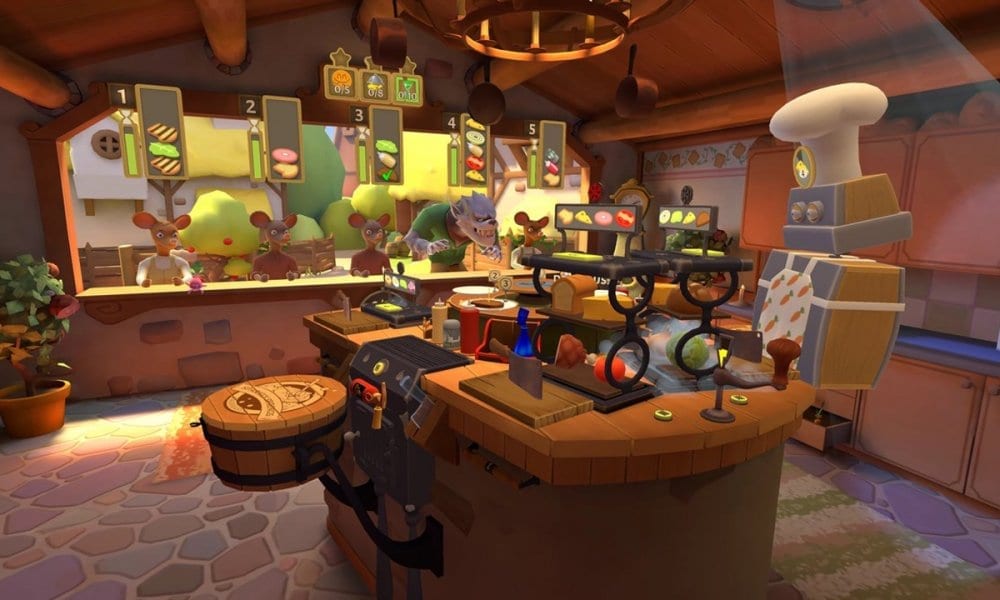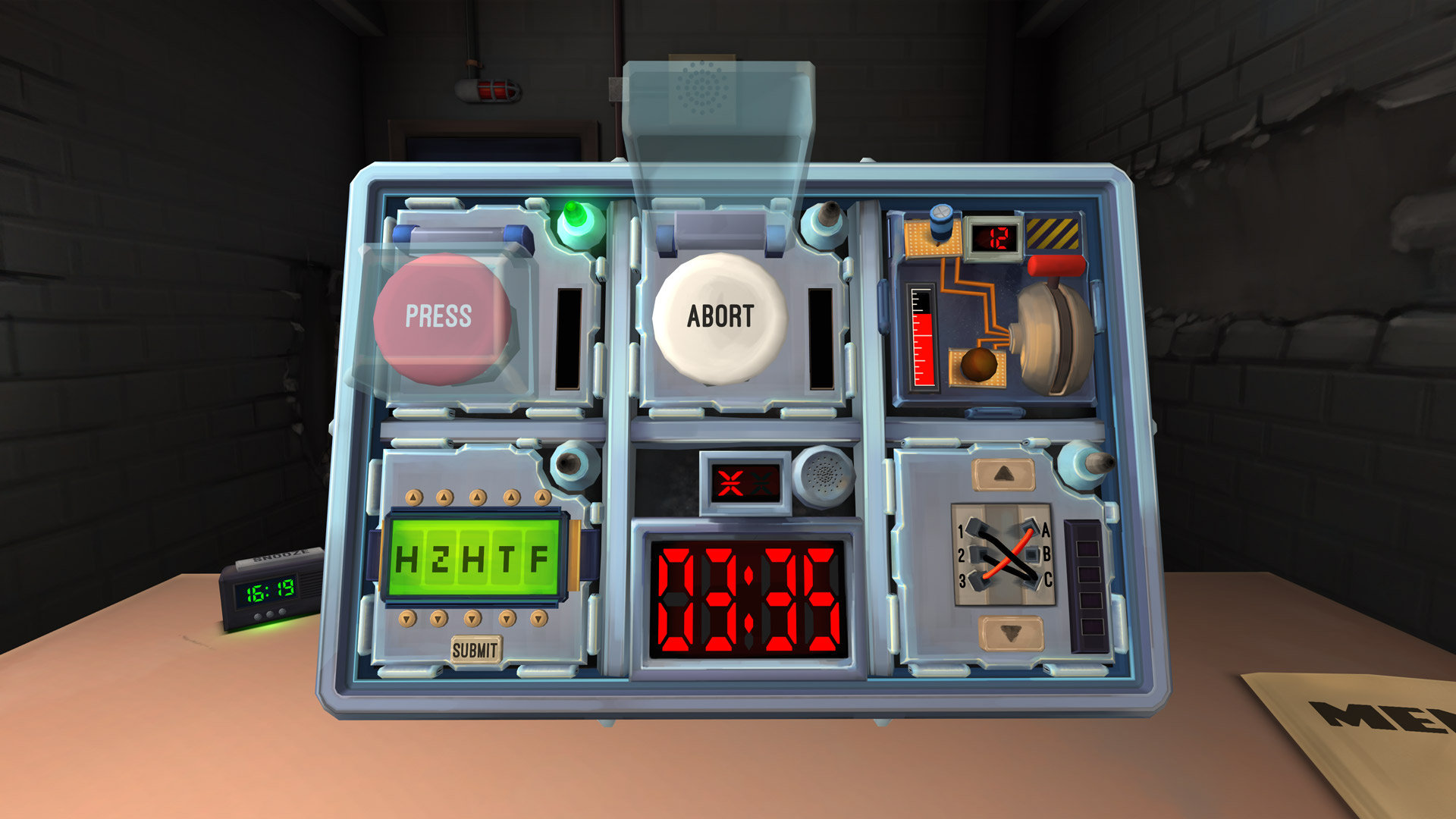TAKES ON MULTIPLAYER IN VR

Written by Chan Grant
The current gaming landscape has been increasingly defined by multiplayer games, with the single-player experience taking a bit of a backseat. The most popular game genre (or at least the highest profile) in America has the shooter, and all its variations in the last two decades. From Halo to Fortnite, a large part of what has drawn people is the multiplayer aspect. The rise of esports into a billion-dollar industry pushed a further emphasis on multiplayer games. Several games use multiplayer as an incentive to continue paying money into the system, i.e., games as a service. Yet, in the virtual reality (VR) space, multiplayer games have not been a big focus.




I suspect that we will see a boom in multiplayer VR experiences.
There are several games with multiplayer that are fun, exciting, and all-around good, but the industry seems to be focusing more on developing a single–player experience for now. There is a couple of reasons for this that I can figure out. Running a multiplayer game requires a lot of legwork, both before and after the game is released. Server maintenance, anti-cheat policies, and practices, net code, handling lag times, dealing with differences in terms of hardware (such as crossplay), etc., is a lot of work. VR systems are also solitary devices. Unlike consoles or even computers, two players cannot interact with the same headset simultaneously. While an Oculus Quest 2 is, as when this was written, $300-400, it is a lot to ask a parent to buy more than one if they want all their kids to play together. Despite these setbacks and limitations, there are several ways and examples of VR multiplayer working that others can examine and work with. I will be dividing these takes into two strands of thought, symmetrical and asymmetrical multiplayer.


Cook-Out: A Sandwich Tale
The traditional take on multiplayer in general is what I would call symmetrical multiplayer. Both players are engaged with the game in the same way (for the most part). Whether that be a local co-op where two or more players are playing on the same system or an online co-op where players connect to a server, they are still interacting with the same game locally. Even if the players have distinct roles in the game, they can switch between them without stopping using the system.
Cook-Out: A Sandwich Tale in VR, available on Oculus Quest, where the player must focus on making meals to deliver to hungry customers. Each customer has specific preferences, and they want a sandwich that fits what they want. It is a fast and frantic game, even in single–player, but the intensity increases when playing with a group. Suddenly, you must coordinate with other people and try not to get in each other’s way. If you are cutting the bread, you need to make sure that everyone else knows and can focus on something else, like, oh, I don’t know, prepping the freaking meat for the sandwich?!
Another game that interestingly plays with the symmetrical multiplayer is Star Trek: Bridge Crew. In this game, each player takes over a crew member’s role on a Star Trek starship and has various encounters with the Star Trek universe’s aliens and circumstances. This game does not necessarily require strict or fast reflex but an ability to perform your task well.


Star Trek: Bridge Crew
Asymmetrical multiplayer is a game where two or more players do not engage the system in the same way while still playing. Please note this is not crossplay. In crossplay, two or more users are playing the same game while on a different gaming system. Functionally, the two users are playing the game in an identical way outside a difference of hardware. Asymmetrical multiplayer is where the users play the same game but do not use the same hardware and are not playing with the same rules.
One example of this is Keep Talking and Nobody Explodes. In this game, one player is tasked with defusing a bomb while others feed that player instructions. The player who defuses the bomb doesn’t have access to the instructions that other players have. The defuser relies entirely on the instructors to give the correct instructions. The instructors cannot see the bomb and thus need the defuser to describe it to be able to provide proper information. Both sides have an important yet distinct role, and the game’s success relies entirely on both sides being able to do their job well. Importantly, this game doesn’t require both players to own a headset. The instructions for defusing the bomb are available online, and as long as one person owns a headset, the game can be played.


Keep Talking and Nobody Explodes
I feel that some of the interesting and memorable multiplayer games that will be released in the future will follow this asymmetrical approach. It certainly will act as an effective gateway for new players to get involved. Those who are too young, too old, or unfamiliar can still play the game without being in the headset. The other game system can be anything from a phone app to a board game to an entirely different video game. Imagine two people playing what are supposedly two different games to turn out for the games to influence one another?
With the release of the Oculus Quest 2, the barrier to entry for high-quality VR experiences has never been lower. More people own VR systems now than ever, and all industry forecasts indicate that the number will only increase. More of these new players are going to want to play games with their friends and family. As a result, I suspect that we will see a boom in multiplayer experiences. It will be interesting to see the various takes that developers would consider.



